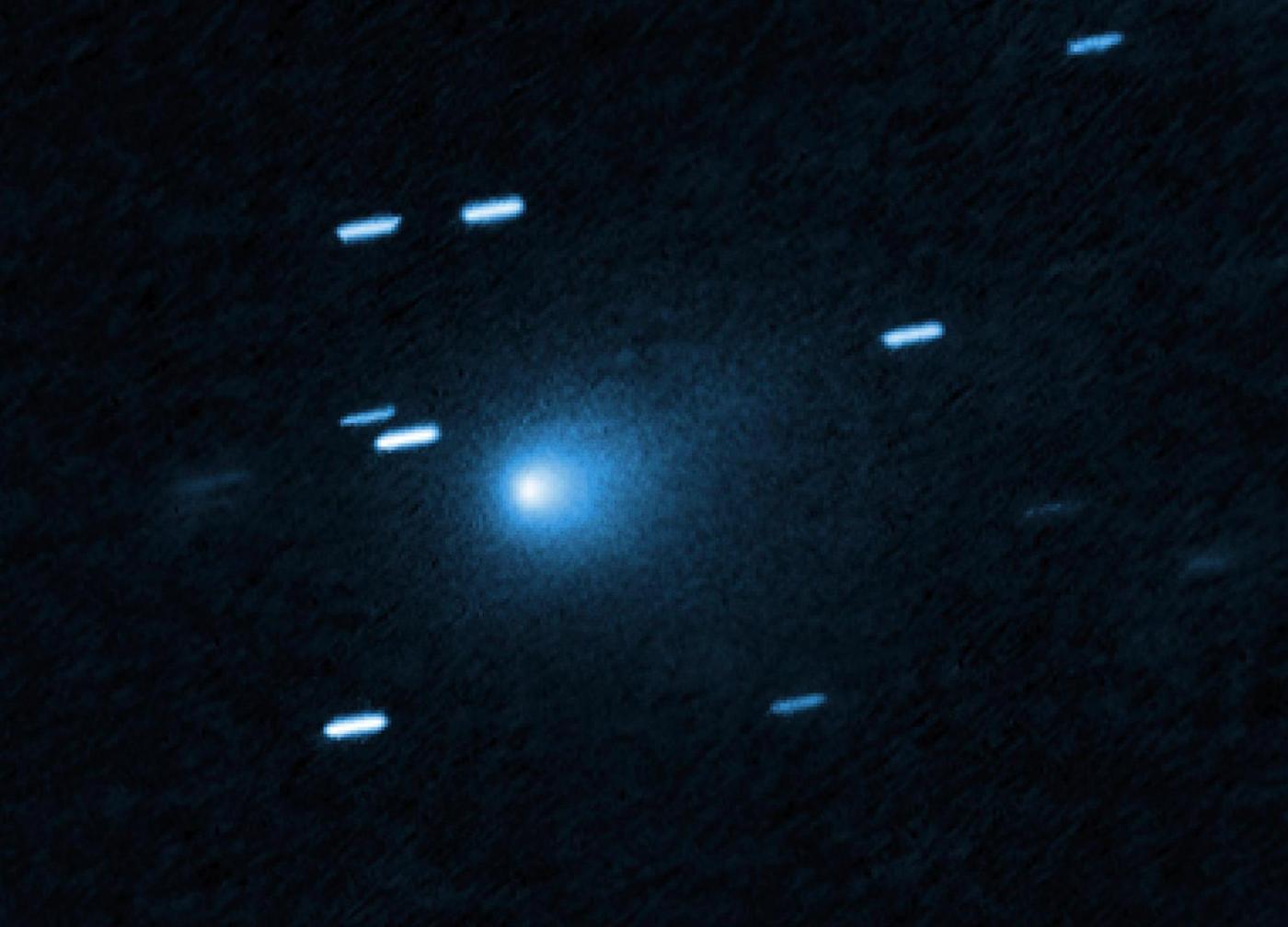By MARCIA DUNN
CAPE CANAVERAL, Fla. (AP) — The Hubble Space Telescope has captured the best picture yet of a high-speed comet visiting our solar system from another star.
Related Articles
New studies tie unrecognized deaths and health problems to California and Hawaii wildfires
Baby born from embryo that had been frozen more than 30 years
Tsunami alerts brought a lot of attention, but little waves. Will that hurt impact of future warnings?
Here’s how big our nuclear arsenal is 80 years after the first atomic bomb
San Mateo County navigates immigrant fears as it attempts to improve water issues
NASA and the European Space Agency released the latest photos Thursday.
Discovered last month by a telescope in Chile, the comet known as 3I-Atlas is only the third known interstellar object to pass our way and poses no threat to Earth.
Astronomers originally estimated the size of its icy core at several miles (tens of kilometers) across, but Hubble’s observations have narrowed it down to no more than 3.5 miles. It could even be as small as 1,000 feet, according to scientists.
The comet is hurtling our way at 130,000 mph, but will veer closer to Mars than Earth, keeping a safe distance from both. It was 277 million miles away when photographed by Hubble a couple weeks ago. The orbiting telescope revealed a teardrop-shaped plume of dust around the nucleus as well as traces of a dusty tail.
The Associated Press Health and Science Department receives support from the Howard Hughes Medical Institute’s Department of Science Education and the Robert Wood Johnson Foundation. The AP is solely responsible for all content.





